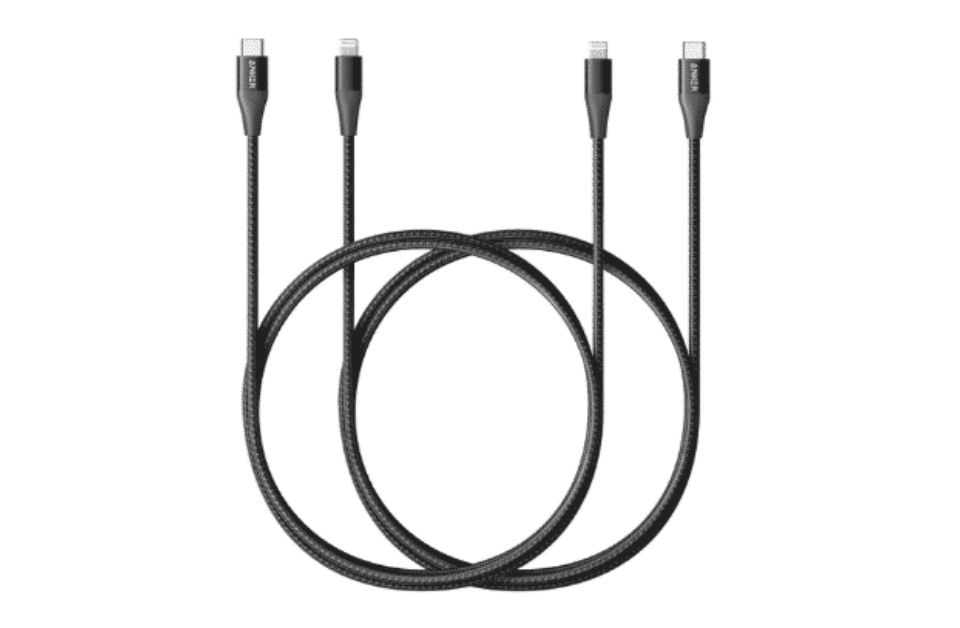In today’s digital age with phones and iPads and laptops, cables play a vital role in connecting various devices to televisions and computers. One such cable that has been widely used for decades is the VGA (Video Graphics Array) cable. VGA cables have been a standard for video connections, particularly for computer displays. In this blog, we will transport into the world of VGA cables and uncover the answer to the question that many have pondered: How many pins are found in a VGA cable?
Anatomy of VGA cable
Before we delve into answering the question let’s understand the anatomy of a VGA Cable. A VGA cable typically consists of three coaxial cables, each responsible for carrying the red, green, and blue video signals. In addition, there are two twisted-pair cables that transmit the horizontal and vertical signals. These signals are crucial for synchronizing the display with the video source, ensuring a clear and stable image that is not pixelated.
15 pins VGA cable
A standard VGA cable contains a total of 15 pins. These pins are arranged in three rows, with five pins in each row. The pins are numbered from 1 to 15, starting from the top-left corner. The first row, consisting of pins 1 to 5, is responsible for transmitting the red colour signal, the green colour signal, the blue colour signal, and two ground connections, respectively. The second row, comprising pins 6 to 10, carries the horizontal sync signal, the ground connection, the vertical sync signal, and two ground connections, respectively. Finally, the third row, consisting of pins 11 to 15, provides five additional ground connections. Each pin has a different level of importance.
Pins of VGA cable
Everything in a VGA cable serves a specific purpose in transmitting video signals accurately and efficiently. The three colour pins (red, green, and blue) carry the analogue signals that define the colour composition of the image displayed on the screen. The horizontal and vertical sync pins ensure that the monitor receives the necessary synchronization information to display the image correctly. The ground pins provide a path for electrical current and help maintain signal integrity by minimizing interference.
Role of VGA cable
It’s worth noting that VGA cables were widely used during the era of CRT (Cathode Ray Tube) monitors, which have become less common today because of the evolution of display technology over the years. With LCD (Liquid Crystal Display) and LED (Light-Emitting Diode) screens, other digital interfaces like HDMI and DisplayPort have become more prevalent. These newer interfaces offer improved image quality and support higher resolutions. However, VGA cables still find utility in some applications, particularly for connecting older devices.
Conclusion
In conclusion, the answer to the question of how many pins are found in a VGA cable? The answer is 15. If you guessed it earlier then congratulations you geek! These 15 pins are responsible for transmitting the vital video signals required for proper image display. While VGA cables may have taken a backseat in recent years due to the rise of digital interfaces, they remain an essential connection option for legacy devices.
Dyeton Solution, a trusted supplier of wires for cables and TVs, understands the importance of reliable and high-quality connections and offers a range of products that cater to various connectivity needs. Whether you are setting up a vintage computer or connecting a specialized device, knowing the pin count and functionality of a VGA cable helps you make informed decisions for your audiovisual setups.








